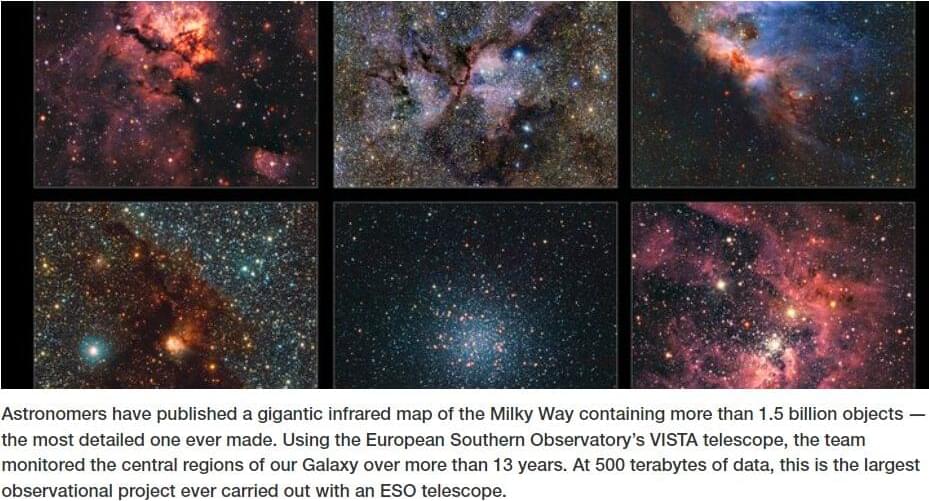In 2005, the futurist Ray Kurzweil predicted that by 2045, machines would become smarter than humans. He called this inflection point the “singularity,” and it struck a chord. Kurzweil, who’s been tracking artificial intelligence since 1963, gained a fanatical following, especially in Silicon Valley.
Now comes The Singularity is Nearer: When We Merge with A.I. where Kurzweil steps up the Singularity’s arrival timeline to 2029. “Algorithmic innovations and the emergence of big data have allowed AI to achieve startling breakthroughs sooner than expected,” reports Kurzweil. From winning at games like Jeopardy! and Go to driving automobiles, writing essays, passing bar exams, and diagnosing cancer, chunks of the Singularity are arriving daily, and there’s more good news just ahead.
Very soon, predicts Kurzweil, artificial general intelligence will be able to do anything a human can do, only better. Expect 3D printed clothing and houses by the end of this decade. Look for medical cures that will “add decades to human life spans” just ahead. “These are the most exciting and momentous years in all of history,” Kurzweil noted in an interview with Boston Globe science writer Brian Bergstein.








